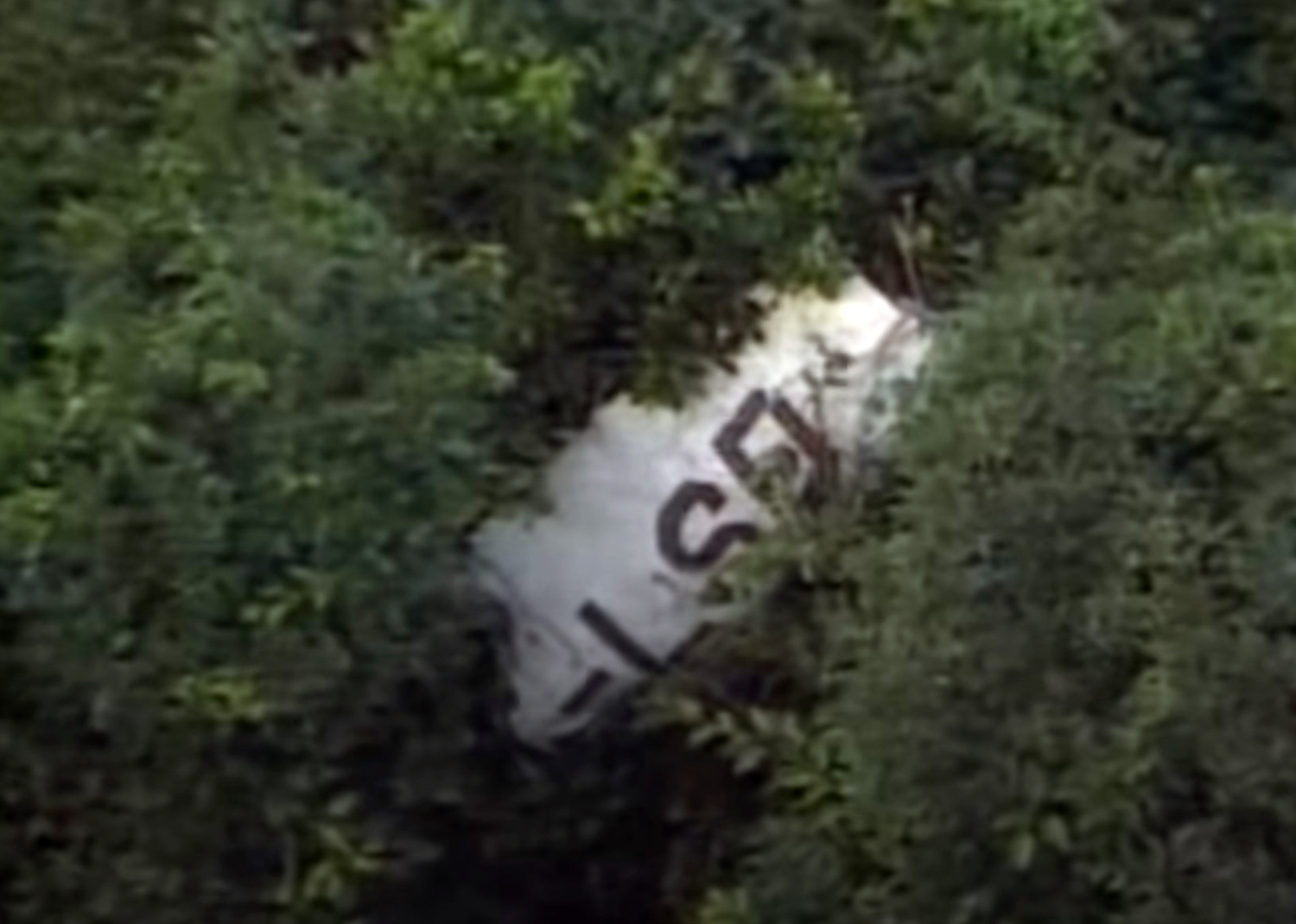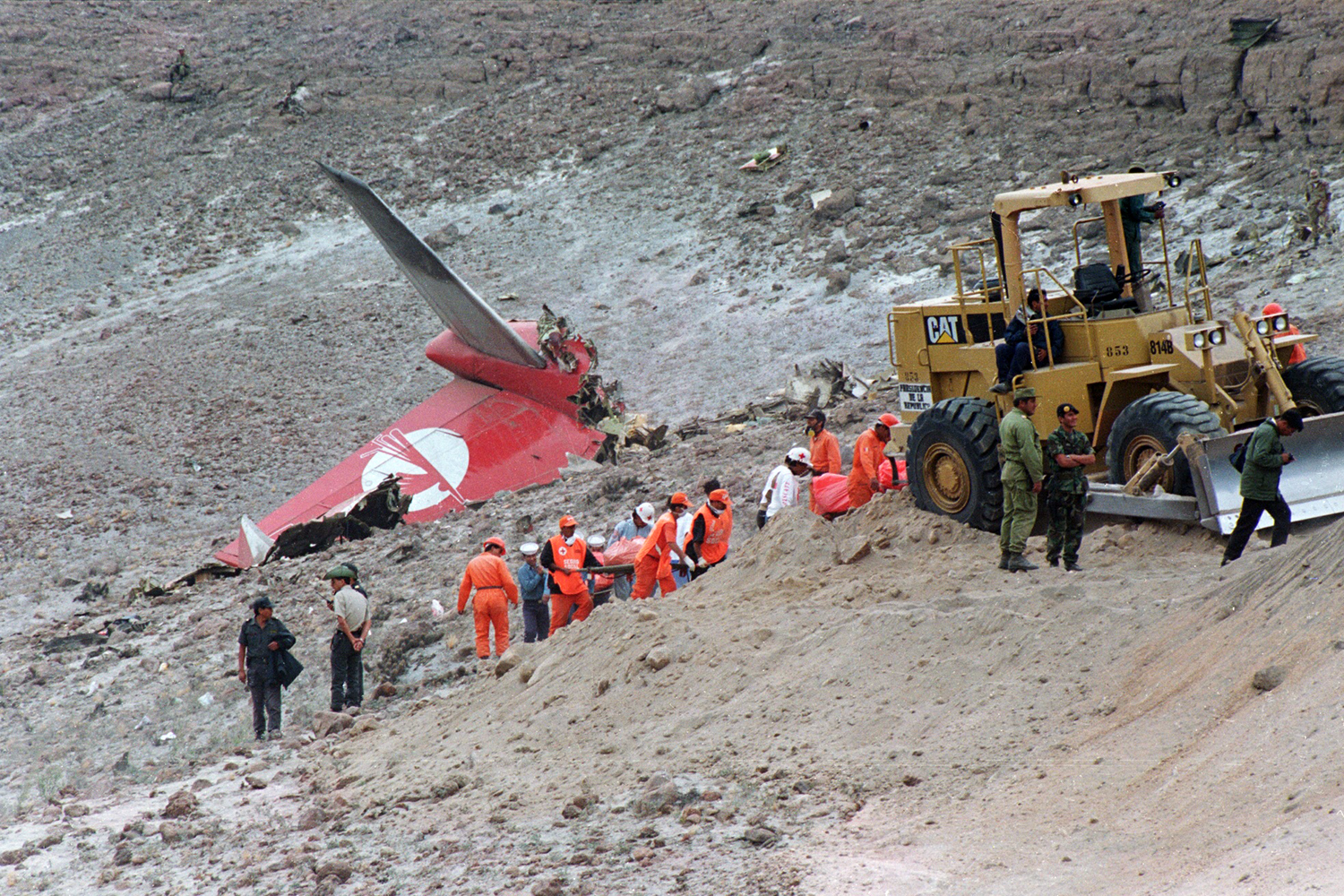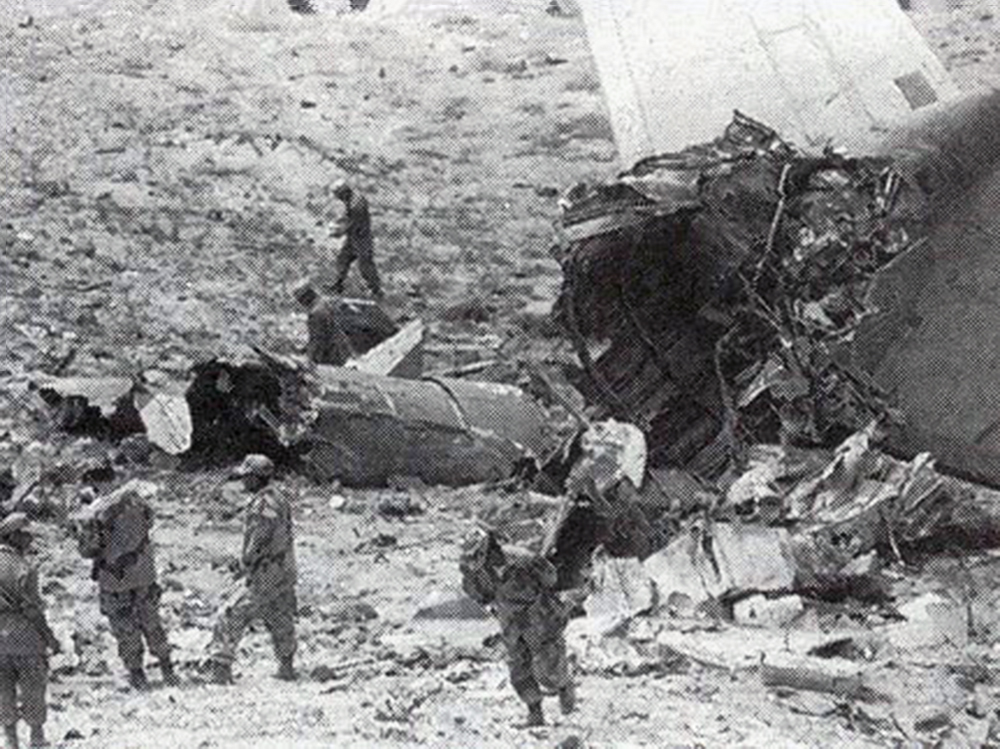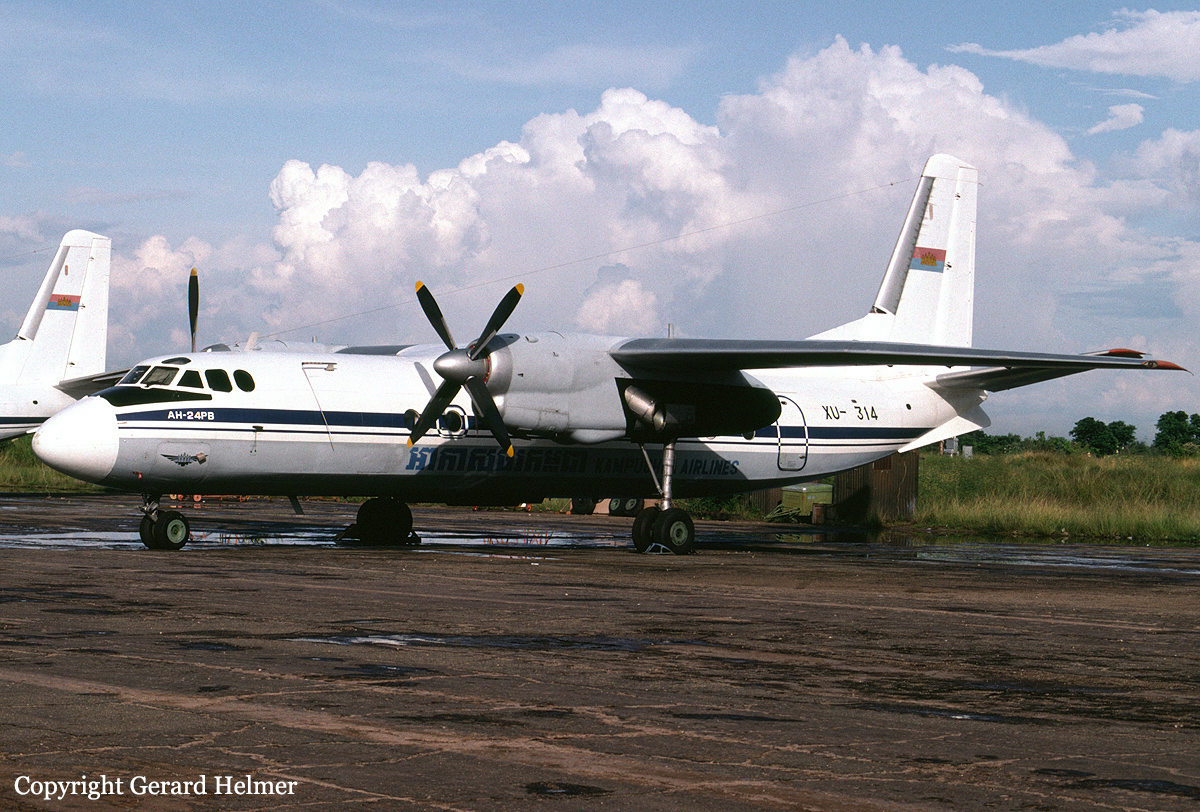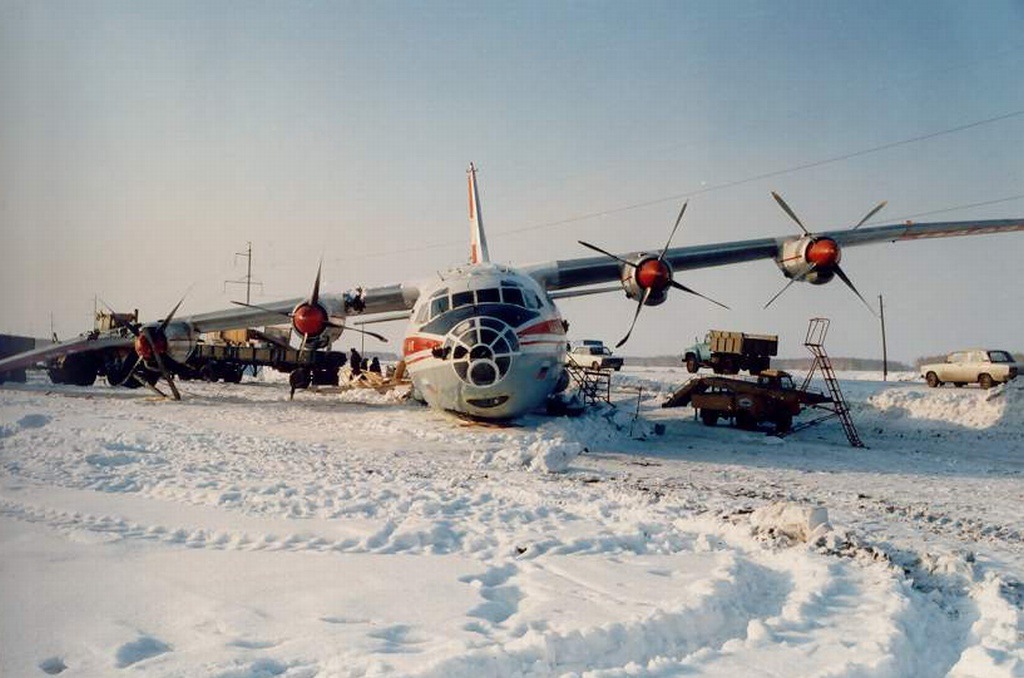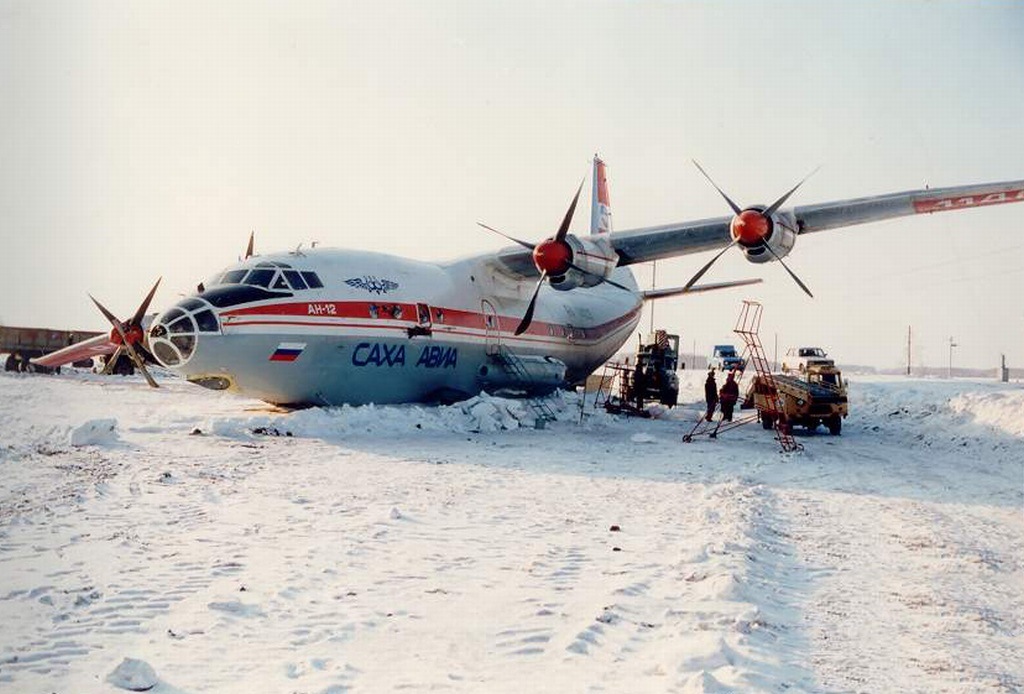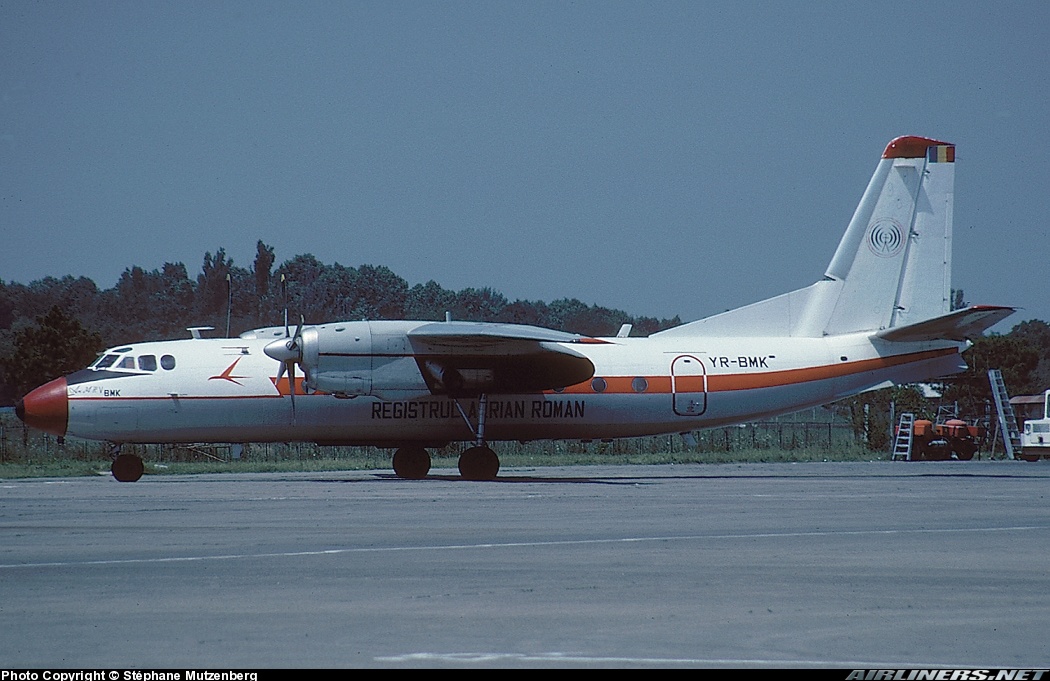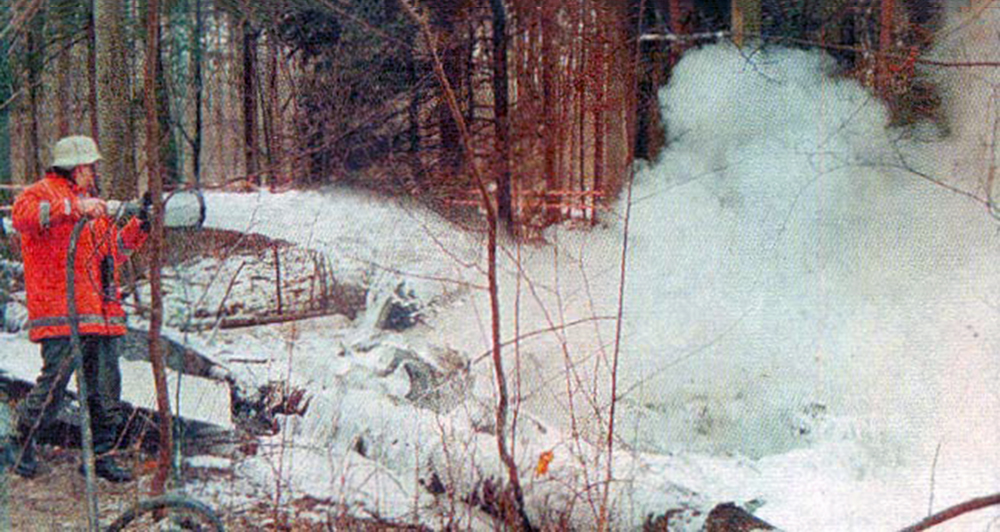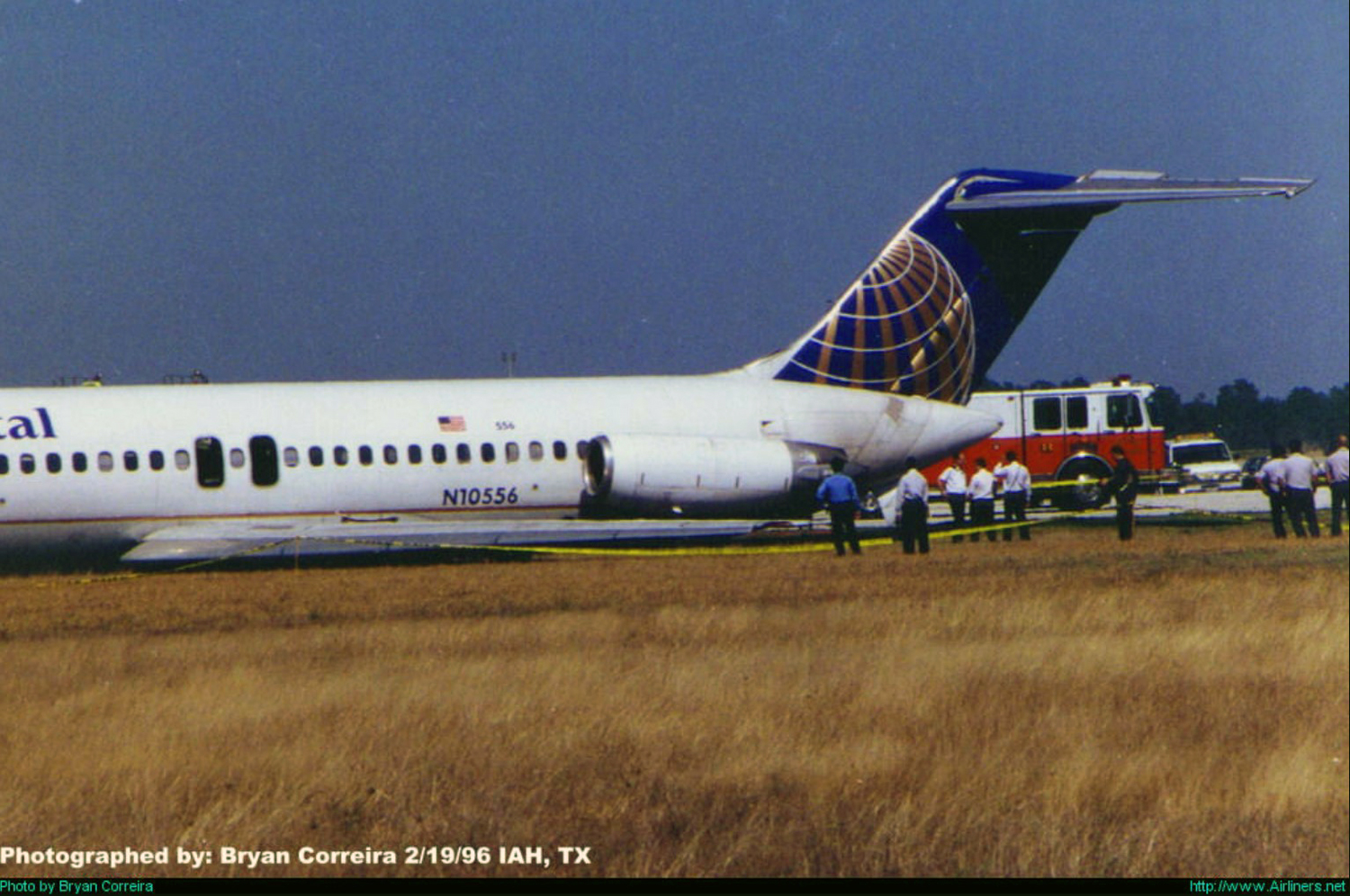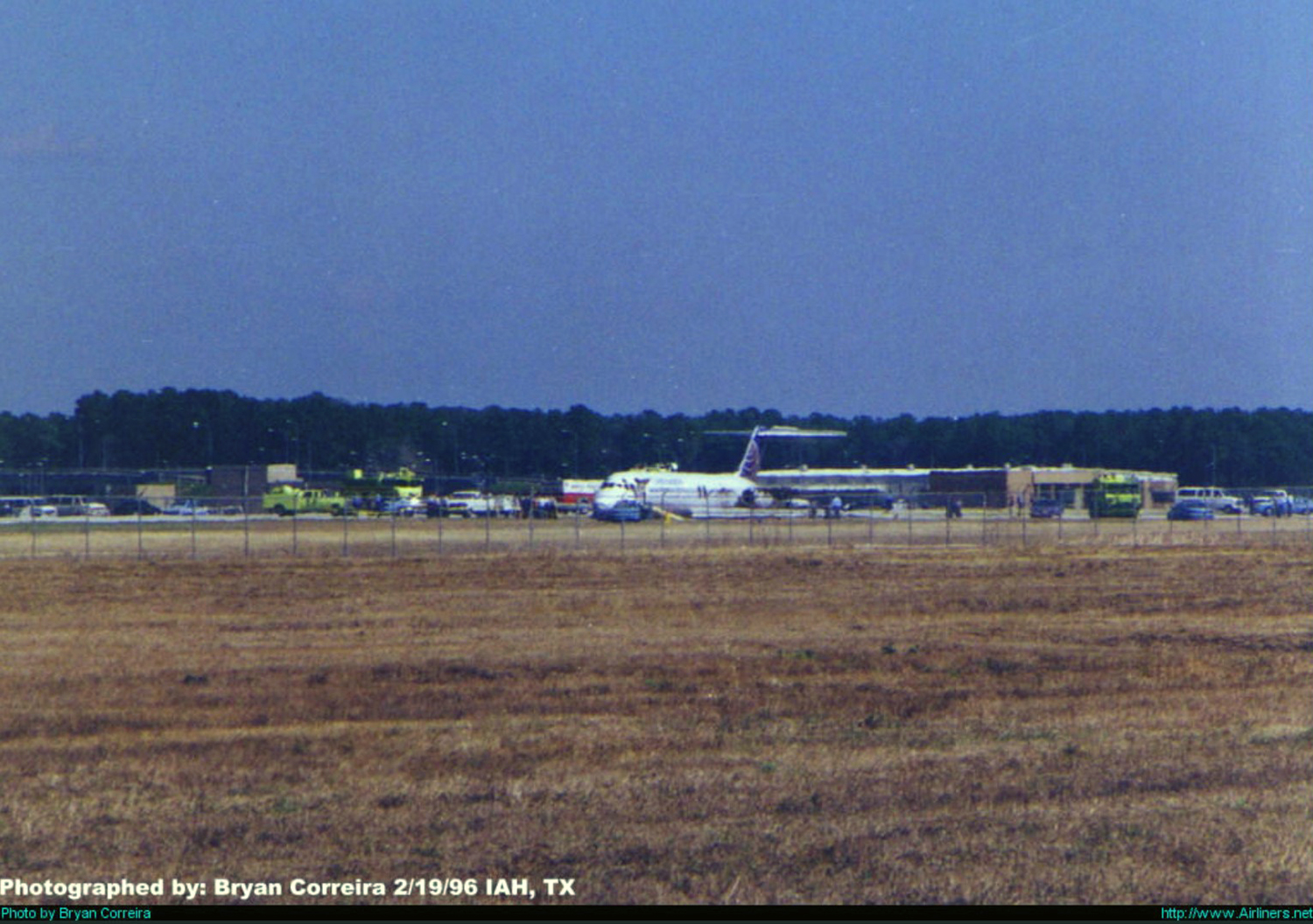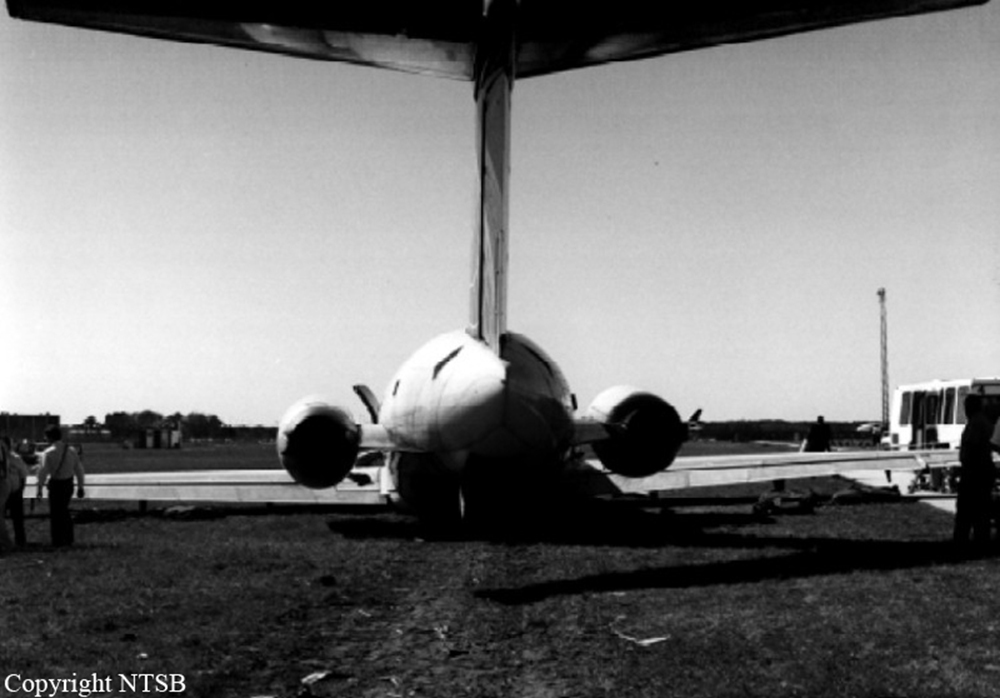Crash of a Cessna 421B Golden Eagle II off Vigan: 1 killed
Date & Time:
Mar 3, 1996
Registration:
N69905
Survivors:
No
Schedule:
Manila - Vigan
MSN:
421B-0537
YOM:
1973
Crew on board:
1
Crew fatalities:
Pax on board:
0
Pax fatalities:
Other fatalities:
Total fatalities:
1
Circumstances:
On March 3,1996, at a time not reported, a Cessna 421B, N69905, registered to Hi Tech Aviation in Scottsdale, Arizona, reportedly crashed into the sea while attempting to land at the airport at Vigan in the Philippine Islands. The weather at the time and the circumstances of the accident were not reported. It was reported that the pilot was the only occupant onboard. According to the Philippine Air Transportation Office, the aircraft arrived in Manila on March 2, 1996. It departed the next day for a flight to Vigan to pick up a passenger with a return to Manila. It was last seen flying over the airport in the traffic pattern for landing. It is presumed to have crashed into the sea. The FAA aircraft records section in Oklahoma City, Oklahoma, indicated that they received a bill of sale from Hi Tech Aviation indicating the aircraft was sold to a company in Manila on 01/19/96.

